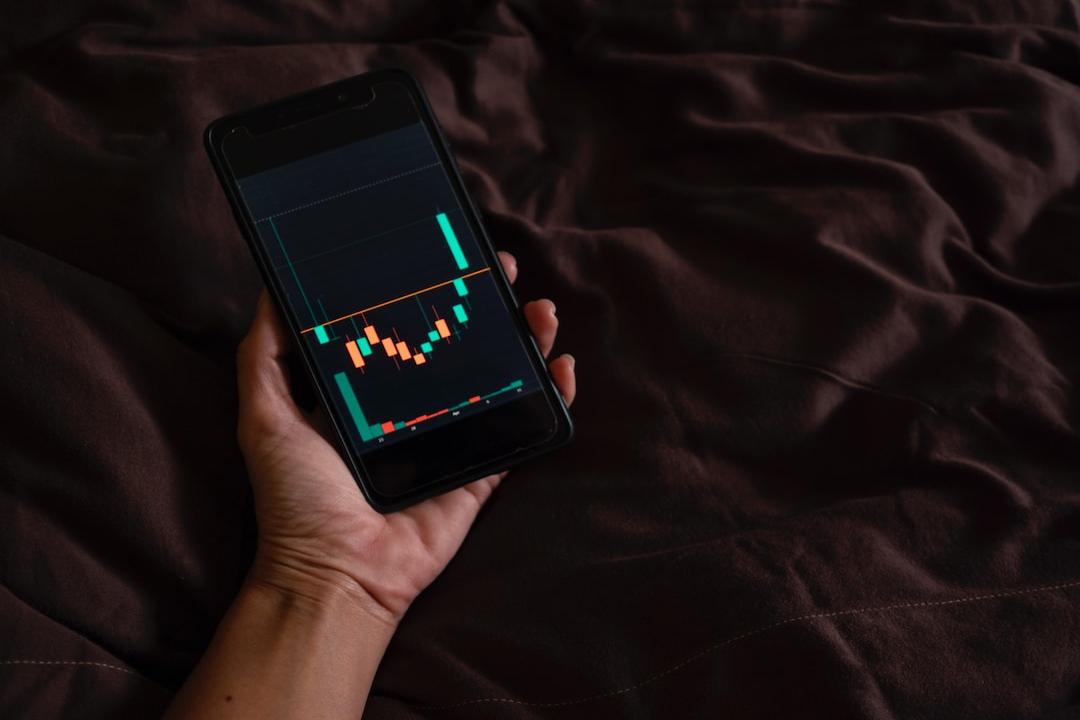According to the Worldcoin announcement, the decentralized identity (DID) project World ID has launched its 2.0 update. This update provides support for third-party verification plugins for applications such as Telegram, Discord, and Minecraft. It also introduces verification levels, eliminating the need for everyone to scan their irises. The update aims to improve the user experience and introduce the first practical use case for World ID, which is login verification.
Table of Contents
Toggle
What is World ID?
Providing diverse application verification services
Dividing verification levels
Enhancing security and operability
The success of World ID relies on the size of the ecosystem rather than the technology
World ID is part of the Worldcoin project, which aims to provide a unified decentralized identity system worldwide. It aims to assist people without digital accounts in using internet products and reduce friction in existing verification systems. Worldcoin consists of three key products:
World ID: A decentralized identity (DID) project that previously provided users with unique identities through iris scanning. It is the core product of the project, with approximately 2.6 million people completing iris registration.
World APP: A decentralized encrypted wallet app that provides user key pairs and serves as the client for the future identity system.
World Coin (WLD): A token that incentivizes user registration for World ID. It has a total supply of 10 billion tokens, planned to be distributed to 1 billion people. The team and investors hold approximately 25% of the tokens.
Essentially, these are common industry elements such as DID, wallets, and tokens. However, due to the involvement of OpenAI founder Sam Altman, the project has received more attention and resources. As a decentralized identity product emphasizing ecosystem and cross-industry collaboration, it has unique advantages.
However, the project has also faced controversies such as concerns over iris scanning security, human trafficking of accounts, and conflicts between token distribution mechanisms and philosophies. These controversies have sparked various discussions in the community.
The 2.0 update of World ID aims to address some of the above issues and introduce login verification services. The main updates include:
Providing diverse application verification services
Dividing verification levels
Enhancing security and operability
World ID can already be used for login verification in some products.
The value of decentralized identity lies in its usability. The more products or services it can be used for, the more useful the decentralized identity becomes, leading to more user applications. Therefore, commercial development and ecosystem expansion are the most important goals for World ID.
The World ID team has released verification plugins for popular applications such as Discord, Reddit, Minecraft, Telegram, and Shopify, allowing platform administrators to choose them.
For example, Telegram group administrators can choose to add chatbots that support World ID verification to their groups, requiring members to use World ID for conversations. Similarly, Minecraft server administrators can use plugins that support World ID verification as an alternative whitelist design.
Users can complete the above verifications using the World APP, either by scanning a QR code or by directly signing. Zero-knowledge proofs (ZKP) are used to protect user data from being leaked during login.
Complete supported applications can be found on the official website.
World ID 2.0 provides multi-level identities to meet different usage scenarios.
Only a few people have completed Orb machine scanning to register World ID. If the existing iris scanning registration standard is maintained for the above verification services, it would be very inconvenient for most users who have not registered yet (regardless of privacy concerns or the limited availability of Orb scanning registration locations).
Therefore, World ID 2.0 aims to reduce the verification requirements and cater to more diverse usage scenarios by dividing them into different verification levels. For example, the verification requirements for games are not as high as those for financial services. Different products can be customized according to their needs.
World ID 2.0 is divided into three identity levels:
World ID Device: Allows users to verify using mobile devices to obtain this level of identity.
World ID Orb: Similar to World ID 1.0, it requires verification of uniqueness and biometric activity through trusted iris scanning machines (Orbs) to obtain World ID Orb identity.
World ID Orb+: The strictest identity level that requires both iris and face recognition scanning, with verification occurring on the user’s mobile device.
World ID 2.0 includes several optimizations in account security and operability, including:
Changing/deleting World ID: If a user’s World ID is stolen, they can re-register. Users can also delete iris information at any time (lowering the identity verification level) to maintain privacy.
Personal Custody: By using user devices, the functionality of self-custody information is added (including face recognition information for World ID Orb+ identity level), and the official custodial data scheme is canceled, increasing user data security and privacy.
Support for OIDC and OAuth 2.0 protocols: World ID will be able to support third-party account login mechanisms similar to “FB, Google,” etc.
Wallet Bridge: An open-source protocol that optimizes the process and efficiency of wallet signing for external service login.
With this update, we finally see DID being used for more than just token issuance. World ID 2.0 essentially expands the services for DID user login verification, serving as its first real use case.
We also see the team’s emphasis on privacy, as they have made several adjustments to reduce public concerns about privacy and security.
However, the most important aspect of decentralized identity is its “application value,” which requires sufficient applications and support to have an impact. For example, it needs more Discord administrators to choose this verification method, or more applications to make World ID the default third-party login option. Only then will this identity be useful.
Currently, it seems that World ID is just laying the foundation. After overcoming product design and technical challenges, the team’s biggest challenge in the future is how to grow the ecosystem.
There is still a long way to go for World ID to be integrated practically by various products and vendors.
DID
Sam Altman
SNARK
World ID
Worldcoin
ZKP
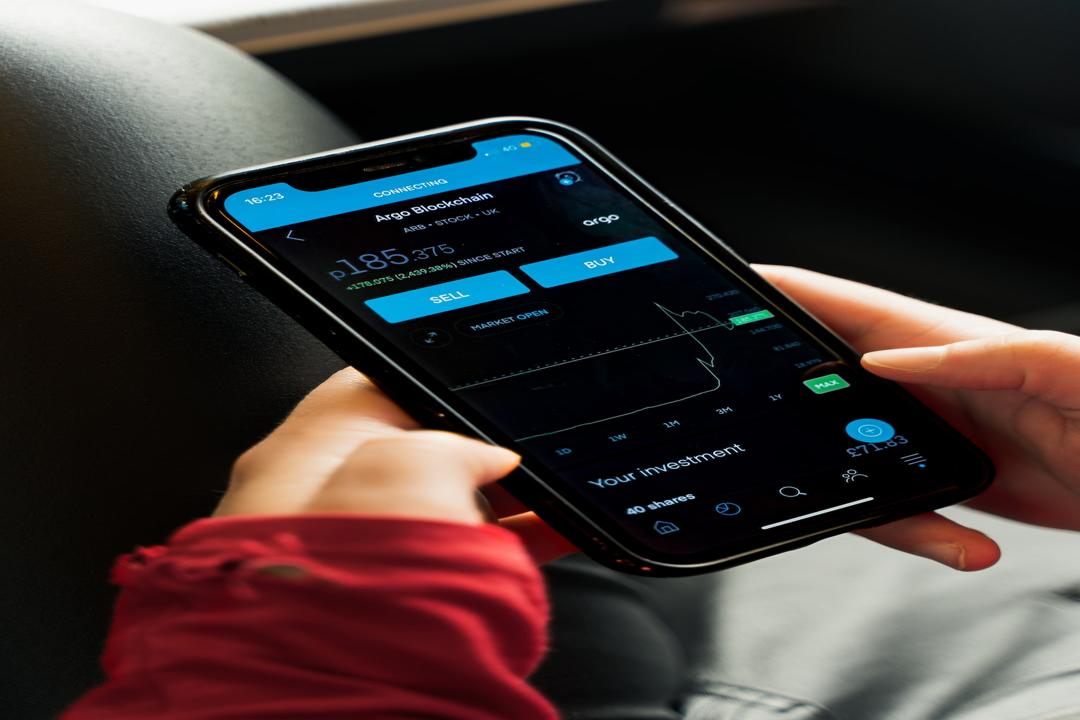

Related Reading:
OpenAI Founder’s Web3 Project Worldcoin: Will It Airdrop to 1 Billion People? Detailed Explanation
However, due to concerns such as iris scanning security, human trafficking of accounts, and conflicts between token distribution mechanisms and philosophies, there have been many discussions in the community.
Related Reading:
Vitalik’s In-Depth Analysis of Worldcoin: What Are the Four Major Risks? Why Doesn’t the Perfect Identity Verification Exist Yet?
Now, the 2.0 update of World ID will attempt to address some of these issues and introduce login verification services. The main updates include:
Providing diverse application verification services
Dividing verification levels
Enhancing security and operability
World ID can already be used for login verification in some products.
The value of decentralized identity lies in its usability. The more products or services it can be used for, the more useful the decentralized identity becomes, leading to more user applications. Therefore, commercial development and ecosystem expansion are the most important goals for World ID.
The World ID team has already released verification plugins for popular applications such as Discord, Reddit, Minecraft, Telegram, and Shopify, which can be used by platform administrators.
For example, Telegram group administrators can choose to add chatbots that support World ID verification to their groups, requiring members to use World ID for conversations. Similarly, Minecraft server administrators can use plugins that support World ID verification as an alternative whitelist design.
Users can complete the above verifications using the World APP, either by scanning a QR code or by directly signing. Zero-knowledge proofs (ZKP) are used to protect user data from being leaked during login.
Complete supported applications can be found on the official website.
World ID 2.0 provides multi-level identities to meet different usage scenarios.
Only a few people have completed Orb machine scanning to register World ID. If the existing iris scanning registration standard is maintained for the above verification services, it would be very inconvenient for most users who have not registered yet (regardless of privacy concerns or the limited availability of Orb scanning registration locations).
Therefore, World ID 2.0 aims to reduce the verification requirements and cater to more diverse usage scenarios by dividing them into different verification levels. For example, the verification requirements for games are not as high as those for financial services. Different products can be customized according to their needs.
World ID 2.0 is divided into three identity levels:
World ID Device: Allows users to verify using mobile devices to obtain this level of identity.
World ID Orb: Similar to World ID 1.0, it requires verification of uniqueness and biometric activity through trusted iris scanning machines (Orbs) to obtain World ID Orb identity.
World ID Orb+: The strictest identity level that requires both iris and face recognition scanning, with verification occurring on the user’s mobile device.
World ID 2.0 includes several optimizations in account security and operability, including:
Changing/deleting World ID: If a user’s World ID is stolen, they can re-register; users can also delete iris information at any time (lowering the identity verification level) to maintain privacy.
Personal Custody: By using user devices, the functionality of self-custody information is added (including face recognition information for World ID Orb+ identity level), and the official custodial data scheme is canceled, increasing user data security and privacy.
Support for OIDC and OAuth 2.0 protocols: World ID will be able to support third-party account login mechanisms similar to “FB, Google,” etc.
Wallet Bridge: An open-source protocol that optimizes the process and efficiency of wallet signing for external service login.
With this update, we finally see DID being used for more than just token issuance. World ID 2.0 essentially expands the services for DID user login verification, serving as its first real use case.
We also see the team’s emphasis on privacy, as they have made several adjustments to reduce public concerns about privacy and security.
However, the most important aspect of decentralized identity is its “application value,” which requires sufficient applications and support to have an impact. For example, it needs more Discord administrators to choose this verification method, or more applications to make World ID the default third-party login option. Only then will this identity be useful.
Currently, it seems that World ID is just laying the foundation. After overcoming product design and technical challenges, the team’s biggest challenge in the future is how to grow the ecosystem.
There is still a long way to go for World ID to be practically integrated by various products and vendors.
DID
Sam Altman
SNARK
World ID
Worldcoin
ZKP

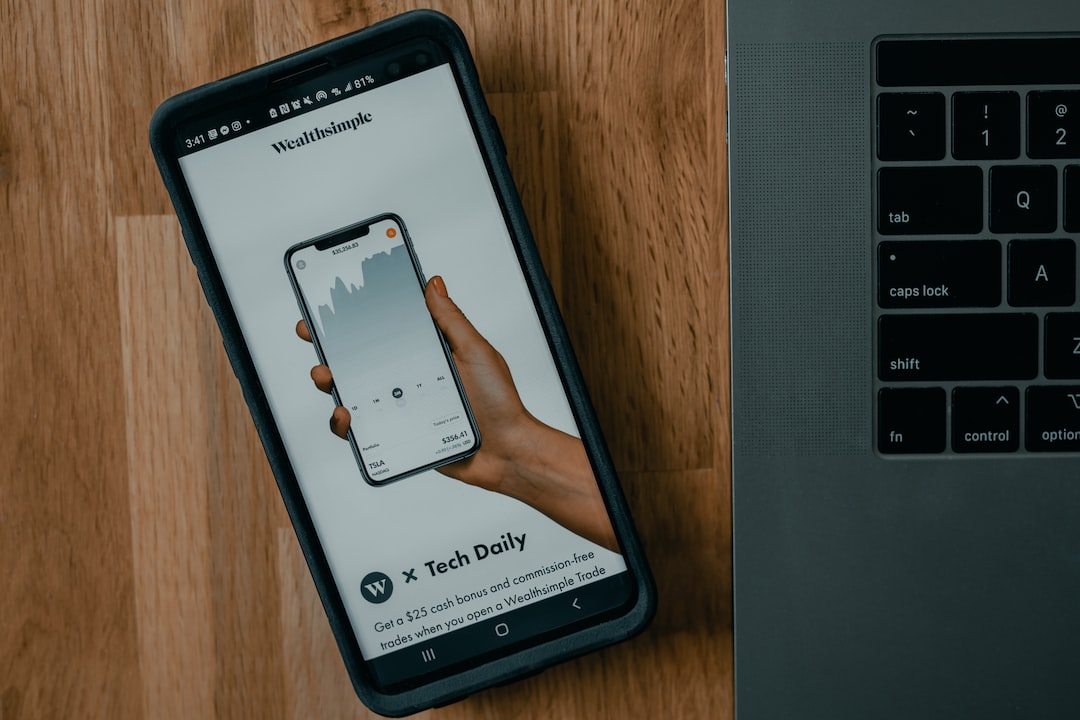
Related Reading:
OpenAI Founder’s Web3 Project Worldcoin: Will It Airdrop to 1 Billion People? Detailed Explanation
However, due to concerns such as iris scanning security, human trafficking of accounts, and conflicts between token distribution mechanisms and philosophies, there have been many discussions in the community.
Related Reading:
Vitalik’s In-Depth Analysis of Worldcoin: What Are the Four Major Risks? Why Doesn’t the Perfect Identity Verification Exist Yet?
Now, the 2.0 update of World ID will attempt to address some of these issues and introduce login verification services. The main updates include:
Providing diverse application verification services
Dividing verification levels
Enhancing security and operability
World ID can already be used for login verification in some products.
The value of decentralized identity lies in its usability. The more products or services it can be used for, the more useful the decentralized identity becomes, leading to more user applications. Therefore, commercial development and ecosystem expansion are the most important goals for World ID.
The World ID team has already released verification plugins for popular applications such as Discord, Reddit, Minecraft, Telegram, and Shopify, which can be used by platform administrators.
For example, Telegram group administrators can choose to add chatbots that support World ID verification to their groups, requiring members to use World ID for conversations. Similarly, Minecraft server administrators can use plugins that support World ID verification as an alternative whitelist design.
Users can complete the above verifications using the World APP, either by scanning a QR code or by directly signing. Zero-knowledge proofs (ZKP) are used to protect user data from being leaked during login.
Complete supported applications can be found on the official website.
World ID 2.0 provides multi-level identities to meet different usage scenarios.
Only a few people have completed Orb machine scanning to register World ID. If the existing iris scanning registration standard is maintained for the above verification services, it would be very inconvenient for most users who have not registered yet (regardless of privacy concerns or the limited availability of Orb scanning registration locations).
Therefore, World ID 2.0 aims to reduce the verification requirements and cater to more diverse usage scenarios by dividing them into different verification levels. For example, the verification requirements for games are not as high as those for financial services. Different products can be customized according to their needs.
World ID 2.0 is divided into three identity levels:
World ID Device: Allows users to verify using mobile devices to obtain this level of identity.
World ID Orb: Similar to World ID 1.0, it requires verification of uniqueness and biometric activity through trusted iris scanning machines (Orbs) to obtain World ID Orb identity.
World ID Orb+: The strictest identity level that requires both iris and face recognition scanning, with verification occurring on the user’s mobile device.
World ID 2.0 includes several optimizations in account security and operability, including:
Changing/deleting World ID: If a user’s World ID is stolen, they can re-register; users can also delete iris information at any time (lowering the identity verification level) to maintain privacy.
Personal Custody: By using user devices, the functionality of self-custody information is added (including face recognition information for World ID Orb+ identity level), and the official custodial data scheme is canceled, increasing user data security and privacy.
Support for OIDC and OAuth 2.0 protocols: World ID will be able to support third-party account login mechanisms similar to “FB, Google,” etc.
Wallet Bridge: An open-source protocol that optimizes the process and efficiency of wallet signing for external service login.
With this update, we finally see DID being used for more than just token issuance. World ID 2.0 essentially expands the services for DID user login verification, serving as its first real use case.
We also see the team’s emphasis on privacy, as they have made several adjustments to reduce public concerns about privacy and security.
However, the most important aspect of decentralized identity is its “application value,” which requires sufficient applications and support to have an impact. For example, it needs more Discord administrators to choose this verification method, or more applications to make World ID the default third-party login option. Only then will this identity be useful.
Currently, it seems that World ID is just laying the foundation. After overcoming product design and technical challenges, the team’s biggest challenge in the future is how to grow the ecosystem.
There is still a long way to go for World ID to be practically integrated by various products and vendors.
DID
Sam Altman
SNARK
World ID
Worldcoin
ZKP
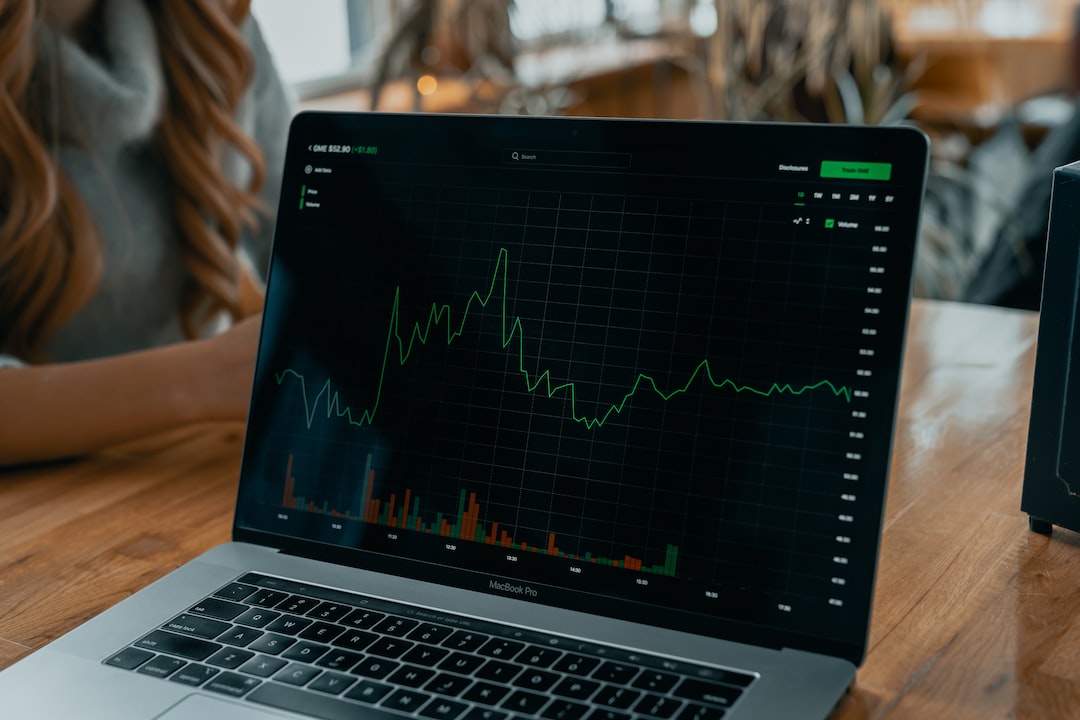
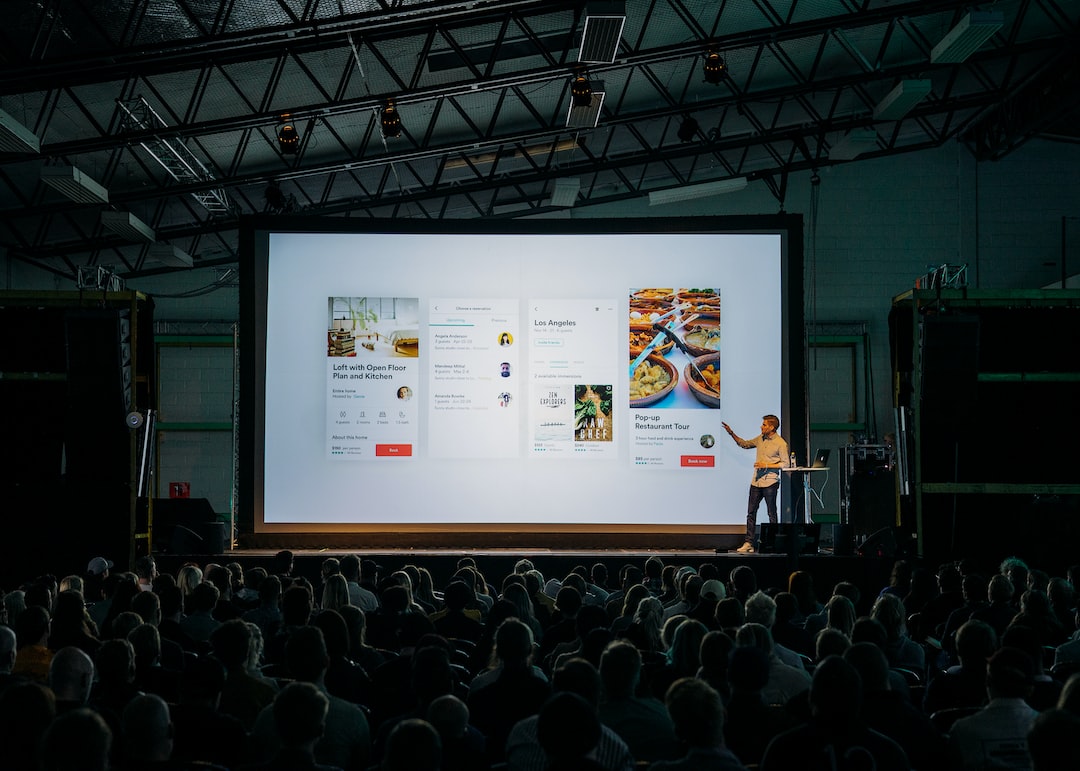
Related Reading:
OpenAI Founder’s Web3 Project Worldcoin: Will It Airdrop to 1 Billion People? Detailed Explanation
However, due to concerns such as iris scanning security, human trafficking of accounts, and conflicts between token distribution mechanisms and philosophies, there have been many discussions in the community.
Related Reading:
Vitalik’s In-Depth Analysis of Worldcoin: What Are the Four Major Risks? Why Doesn’t the Perfect Identity Verification Exist Yet?
Now, the 2.0 update of World ID will attempt to address some of these issues and introduce login verification services. The main updates include:
Providing diverse application verification services
Dividing verification levels
Enhancing security and operability
World ID can already be used for login verification in some products.
The value of decentralized identity lies in its usability. The more products or services it can be used for, the more useful the decentralized identity becomes, leading to more user applications. Therefore, commercial development and ecosystem expansion are the most important goals for World ID.
The World ID team has already released verification plugins for popular applications such as Discord, Reddit, Minecraft, Telegram, and Shopify, which can be used by platform administrators.
For example, Telegram group administrators can choose to add chatbots that support World ID verification to their groups, requiring members to use World ID for conversations. Similarly, Minecraft server administrators can use plugins that support World ID verification as an alternative whitelist design.
Users can complete the above verifications using the World APP, either by scanning a QR code or by directly signing. Zero-knowledge proofs (ZKP) are used to protect user data from being leaked during login.
Complete supported applications can be found on the official website.
World ID 2.0 provides multi-level identities to meet different usage scenarios.
Only a few people have completed Orb machine scanning to register World ID. If the existing iris scanning registration standard is maintained for the above verification services, it would be very inconvenient for most users who have not registered yet (regardless of privacy concerns or the limited availability of Orb scanning registration locations).
Therefore, World ID 2.0 aims to reduce the verification requirements and cater to more diverse usage scenarios by dividing them into different verification levels. For example, the verification requirements for games are not as high as those for financial services. Different products can be customized according to their needs.
World ID 2.0 is divided into three identity levels:
World ID Device: Allows users to verify using mobile devices to obtain this level of identity.
World ID Orb: Similar to World ID 1.0, it requires verification of uniqueness and biometric activity through trusted iris scanning machines (Orbs) to obtain World ID Orb identity.
World ID Orb+: The strictest identity level that requires both iris and face recognition scanning, with verification occurring on the user’s mobile device.
World ID 2.0 includes several optimizations in account security and operability, including:
Changing/deleting World ID: If a user’s World ID is stolen, they can re-register; users can also delete iris information at any time (lowering the identity verification level) to maintain privacy.
Personal Custody: By using user devices, the functionality of self-custody information is added (including face recognition information for World ID Orb+ identity level), and the official custodial data scheme is canceled, increasing user data security and privacy.
Support for OIDC and OAuth 2.0 protocols: World ID will be able to support third-party account login mechanisms similar to “FB, Google,” etc.
Wallet Bridge: An open-source protocol that optimizes the process and efficiency of wallet signing for external service login.
With this update, we finally see DID being used for more than just token issuance. World ID 2.0 essentially expands the services for DID user login verification, serving as its first real use case.
We also see the team’s emphasis on privacy, as they have made several adjustments to reduce public concerns about privacy and security.
However, the most important aspect of decentralized identity is its “application value,” which requires sufficient applications and support to have an impact. For example, it needs more Discord administrators to choose this verification method, or more applications to make World ID the default third-party login option. Only then will this identity be useful.
Currently, it seems that World ID is just laying the foundation. After overcoming product design and technical challenges, the team’s biggest challenge in the future is how to grow the ecosystem.
There is still a long way to go for World ID to be practically integrated by various products and vendors.
DID
Sam Altman
SNARK
World ID
Worldcoin
ZKP
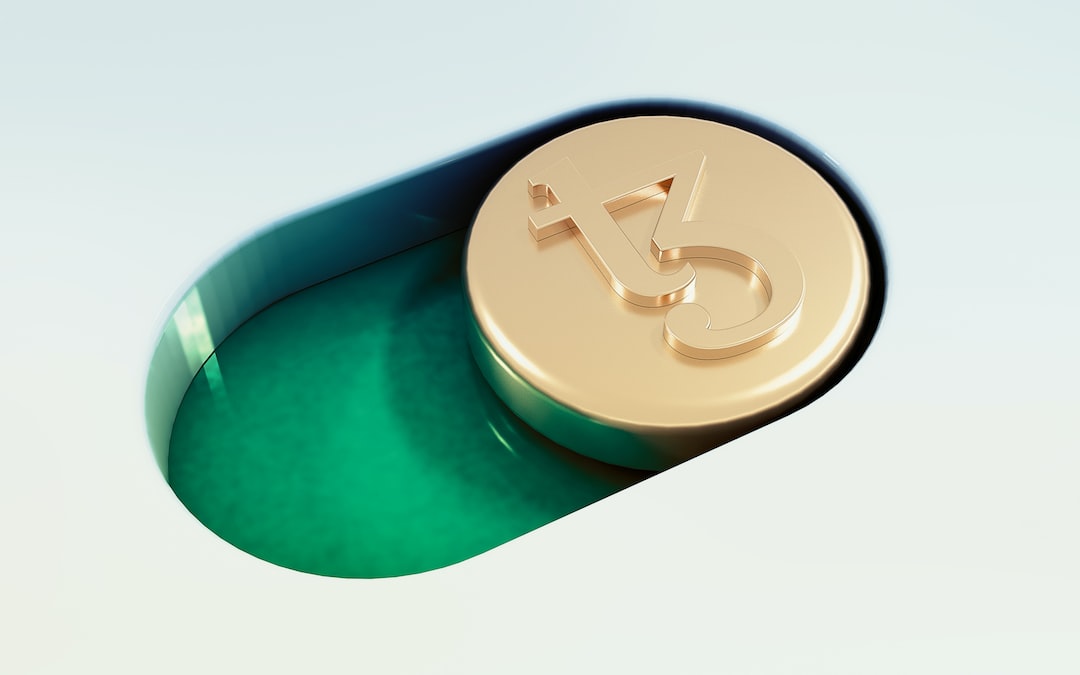
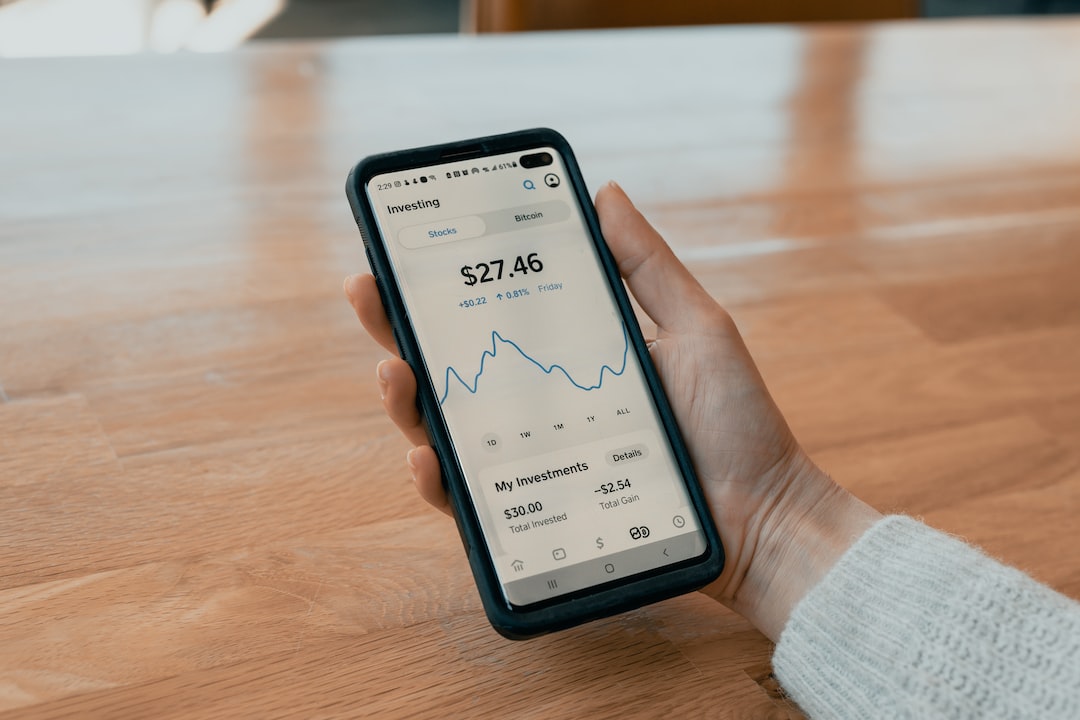
Related Reading:
OpenAI Founder’s Web3 Project Worldcoin: Will It Airdrop to 1 Billion People? Detailed Explanation
However, due to concerns such as iris scanning security, human trafficking of accounts, and conflicts between token distribution mechanisms and philosophies, there have been many discussions in the community.
Related Reading:
Vitalik’s In-Depth Analysis of Worldcoin: What Are the Four Major Risks? Why Doesn’t the Perfect Identity Verification Exist Yet?
Now, the 2.0 update of World ID will attempt to address some of these issues and introduce login verification services. The main updates include:
Providing diverse application verification services
Dividing verification levels
Enhancing security and operability
World ID can already be used for login verification in some products.
The value of decentralized identity lies in its usability. The more products or services it can be used for, the more useful the decentralized identity becomes, leading to more user applications. Therefore, commercial development and ecosystem expansion are the most important goals for World ID.
The World ID team has already released verification plugins for popular applications such as Discord, Reddit, Minecraft, Telegram, and Shopify, which can be used by platform administrators.
For example, Telegram group administrators can choose to add chatbots that support World ID verification to their groups, requiring members to use World ID for conversations. Similarly, Minecraft server administrators can use plugins that support World ID verification as an alternative whitelist design.
Users can complete the above verifications using the World APP, either by scanning a QR code or by directly signing. Zero-knowledge proofs (ZKP) are used to protect user data from being leaked during login.
Complete supported applications can be found on the official website.
World ID 2.0 provides multi-level identities to meet different usage scenarios.
Only a few people have completed Orb machine scanning to register World ID. If the existing iris scanning registration standard is maintained for the above verification services, it would be very inconvenient for most users who have not registered yet (regardless of privacy concerns or the limited availability of Orb scanning registration locations).
Therefore, World ID 2.0 aims to reduce the verification requirements and cater to more diverse usage scenarios by dividing them into different verification levels. For example, the verification requirements for games are not as high as those for financial services. Different products can be customized according to their needs.
World ID 2.0 is divided into three identity levels:
World ID Device: Allows users to verify using mobile devices to obtain this level of identity.
World ID Orb: Similar to World ID 1.0, it requires verification of uniqueness and biometric activity through trusted iris scanning machines (Orbs) to obtain World ID Orb identity.
World ID Orb+: The strictest identity level that requires both iris and face recognition scanning, with verification occurring on the user’s mobile device.
World ID 2.0 includes several optimizations in account security and operability, including:
Changing/deleting World ID: If a user’s World ID is stolen, they can re-register; users can also delete iris information at any time (lowering the identity verification level) to maintain privacy.
Personal Custody: By using user devices, the functionality of self-custody information is added (including face recognition information for World ID Orb+ identity level), and the official custodial data scheme is canceled, increasing user data security and privacy.
Support for OIDC and OAuth 2.0 protocols: World ID will be able to support third-party account login mechanisms similar to “FB, Google,” etc.
Wallet Bridge: An open-source protocol that optimizes the process and efficiency of wallet signing for external service login.
With this update, we finally see DID being used for more than just token issuance. World ID 2.0 essentially expands the services for DID user login verification, serving as its first real use case.
We also see the team’s emphasis on privacy, as they have made several adjustments to reduce public concerns about privacy and security.
However, the most important aspect of decentralized identity is its “application value,” which requires sufficient applications and support to have an impact. For example, it needs more Discord administrators to choose this verification method, or more applications to make World ID the default third-party login option. Only then will this identity be useful.
Currently, it seems that World ID is just laying the foundation. After overcoming product design and technical challenges, the team’s biggest challenge in the future is how to grow the ecosystem.
There is still a long way to go for World ID to be practically integrated by various products and vendors.
DID
Sam Altman
SNARK
World ID
Worldcoin
ZKP

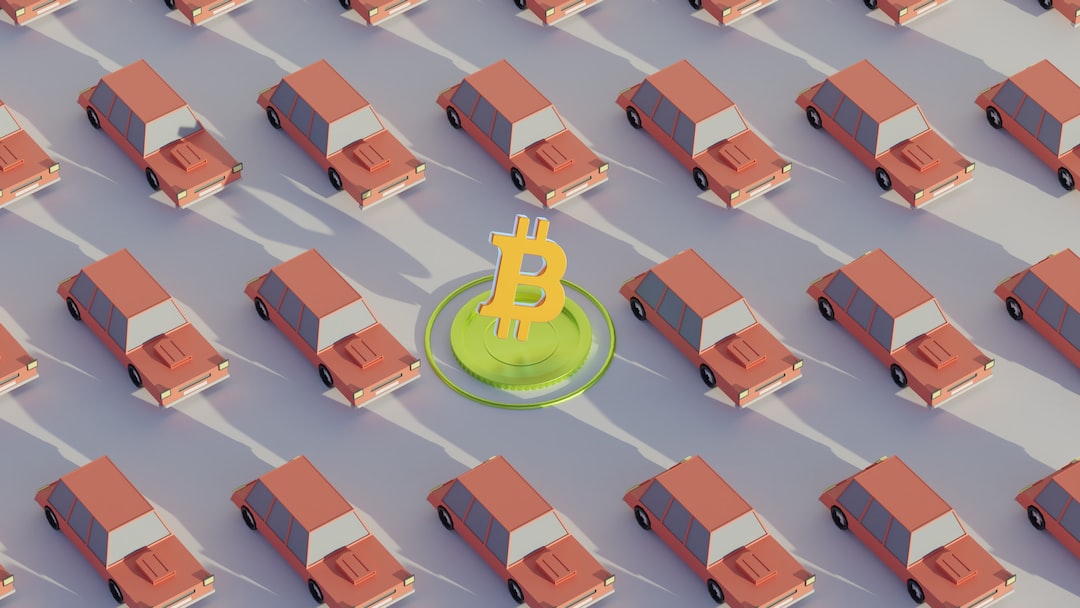
Related Reading:
OpenAI Founder’s Web3 Project Worldcoin: Will It Airdrop to 1 Billion People? Detailed Explanation
However, due to concerns such as iris scanning security, human trafficking of accounts, and conflicts between token distribution mechanisms and philosophies, there have been many discussions in the community.
Related Reading:
Vitalik’s In-Depth Analysis of Worldcoin: What Are the Four Major Risks? Why Doesn’t the Perfect Identity Verification Exist Yet?
Now, the 2.0 update of World ID will attempt to address some of these issues and introduce login verification services. The main updates include:
Providing diverse application verification services
Dividing verification levels
Enhancing security and operability
World ID can already be used for login verification in some products.
The value of decentralized identity lies in its usability. The more products or services it can be used for, the more useful the decentralized identity becomes, leading to more user applications. Therefore, commercial development and ecosystem expansion are the most important goals for World ID.
The World ID team has already released verification plugins for popular applications such as Discord, Reddit, Minecraft, Telegram, and Shopify, which can be used by platform administrators.
For example, Telegram group administrators can choose to add chatbots that support World ID verification to their groups, requiring members to use World ID for conversations. Similarly, Minecraft server administrators can use plugins that support World ID verification as an alternative whitelist design.
Users can complete the above verifications using the World APP, either by scanning a QR code or by directly signing. Zero-knowledge proofs (ZKP) are used to protect user data from being leaked during login.
Complete supported applications can be found on the official website.
World ID 2.0 provides multi-level identities to meet different usage scenarios.
Only a few people have completed Orb machine scanning to register World ID. If the existing iris scanning registration standard is maintained for the above verification services, it would be very inconvenient for most users who have not registered yet (regardless of privacy concerns or the limited availability of Orb scanning registration locations).
Therefore, World ID 2.0 aims to reduce the verification requirements and cater to more diverse usage scenarios by dividing them into different verification levels. For example, the verification requirements for games are not as high as those for financial services. Different products can be customized according to their needs.
World ID 2.0 is divided into three identity levels:
World ID Device: Allows users to verify using mobile devices to obtain this level of identity.
World ID Orb: Similar to World ID 1.0, it requires verification of uniqueness and biometric activity through trusted iris scanning machines (Orbs) to obtain World ID Orb identity.
World ID Orb+: The strictest identity level that requires both iris and face recognition scanning, with verification occurring on the user’s mobile device.
World ID 2.0 includes several optimizations in account security and operability, including:
Changing/deleting World ID: If a user’s World ID is stolen, they can re-register; users can also delete iris information at any time (lowering the identity verification level) to maintain privacy.
Personal Custody: By using user devices, the functionality of self-custody information is added (including face recognition information for World ID Orb+ identity level), and the official custodial data scheme is canceled, increasing user data security and privacy.
Support for OIDC and OAuth 2.0 protocols: World ID will be able to support third-party account login mechanisms similar to “FB, Google,” etc.
Wallet Bridge: An open-source protocol that optimizes the process and efficiency of wallet signing for external service login.
With this update, we finally see DID being used for more than just token issuance. World ID 2.0 essentially expands the services for DID user login verification, serving as its first real use case.
We also see the team’s emphasis on privacy, as they have made several adjustments to reduce public concerns about privacy and security.
However, the most important aspect of decentralized identity is its “application value,” which requires sufficient applications and support to have an impact. For example, it needs more Discord administrators to choose this verification method, or more applications to make World ID the default third-party login option. Only then will this identity be useful.
Currently, it seems that World ID is just laying the foundation. After overcoming product design and technical challenges, the team’s biggest challenge in the future is how to grow the ecosystem.
There is still a long way to go for World ID to be practically integrated by various products and vendors.
DID
Sam Altman
SNARK
World ID
Worldcoin
ZKP
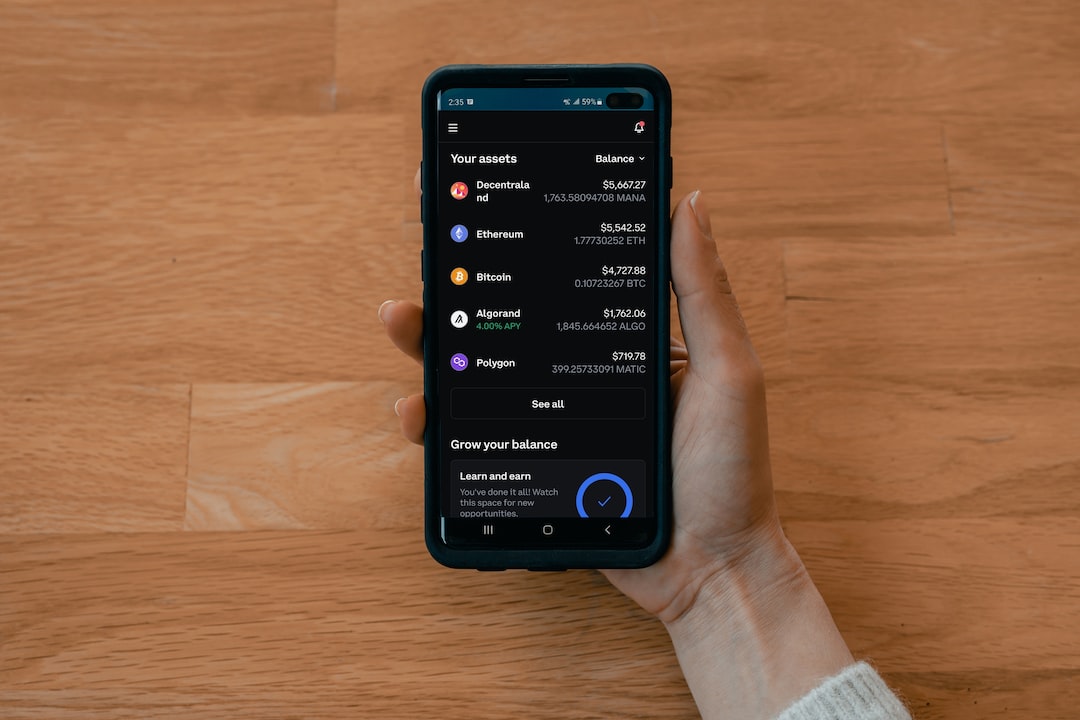
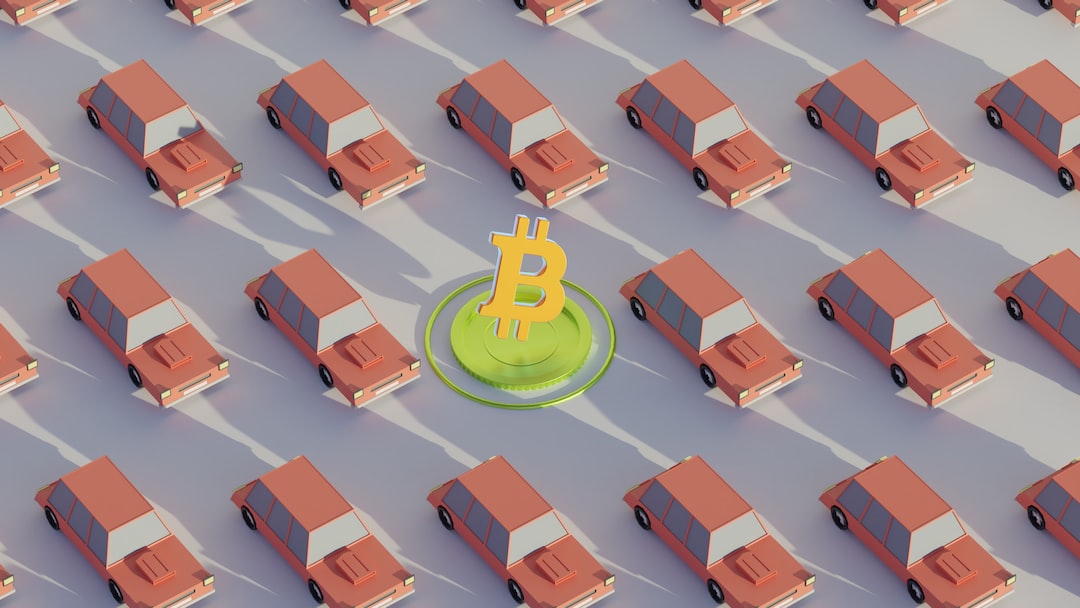
Related Reading:
OpenAI Founder’s Web3 Project Worldcoin: Will It Airdrop to 1 Billion People? Detailed Explanation
However, due to concerns such as iris scanning security, human trafficking of accounts, and conflicts between token distribution mechanisms and philosophies, there have been many discussions in the community.
Related Reading:
Vitalik’s In-Depth Analysis of Worldcoin: What Are the Four Major Risks? Why Doesn’t the Perfect Identity Verification Exist Yet?
Now, the 2.0 update of World ID will attempt to address some of these issues and introduce login verification services. The main updates include:
Providing diverse application verification services
Dividing verification levels
Enhancing security and operability
World ID can already be used for login verification in some products.
The value of decentralized identity lies in its usability. The more products or services it can be used for, the more useful the decentralized identity becomes, leading to more user applications. Therefore, commercial development and ecosystem expansion are the most important goals for World ID.
The World ID team has already released verification plugins for popular applications such as Discord, Reddit, Minecraft, Telegram, and Shopify, which can be used by platform administrators.
For example, Telegram group administrators can choose to add chatbots that support World ID verification to their groups, requiring members to use World ID for conversations. Similarly, Minecraft server administrators can use plugins that support World ID verification as an alternative whitelist design.
Users can complete the above verifications using the World APP, either by scanning a QR code or by directly signing. Zero-knowledge proofs (ZKP) are used to protect user data from being leaked during login.
Complete supported applications can be found on the official website.
World ID 2.0 provides multi-level identities to meet different usage scenarios.
Only a few people have completed Orb machine scanning to register World ID. If the existing iris scanning registration standard is maintained for the above verification services, it would be very inconvenient for most users who have not registered yet (regardless of privacy concerns or the limited availability of Orb scanning registration locations).
Therefore, World ID 2.0 aims to reduce the verification requirements and cater to more diverse usage scenarios by dividing them into different verification levels. For example, the verification requirements for games are not as high as those for financial services. Different products can be customized according to their needs.
World ID 2.0 is divided into three identity levels:
World ID Device: Allows users to verify using mobile devices to obtain this level of identity.
World ID Orb: Similar to World ID 1.0, it requires verification of uniqueness and biometric activity through trusted iris scanning machines (Orbs) to obtain World ID Orb identity.
World ID Orb+: The strictest identity level that requires both iris and face recognition scanning, with verification occurring on the user’s mobile device.
World ID 2.0 includes several optimizations in account security and operability, including:
Changing/deleting World ID: If a user’s World ID is stolen, they can re-register; users can also delete iris information at any time (lowering the identity verification level) to maintain privacy.
Personal Custody: By using user devices, the functionality of self-custody information is added (including face recognition information for World ID Orb+ identity level), and the official custodial data scheme is canceled, increasing user data security and privacy.
Support for OIDC and OAuth 2.0 protocols: World ID will be able to support third-party account login mechanisms similar to “FB, Google,” etc.
Wallet Bridge: An open-source protocol that optimizes the process and efficiency of wallet signing for external service login.
With this update, we finally see DID being used for more than just token issuance. World ID 2.0 essentially expands the services for DID user login verification, serving as its first real use case.
We also see the team’s emphasis on privacy, as they have made several adjustments to reduce public concerns about privacy and security.
However, the most important aspect of decentralized identity is its “application value,” which requires sufficient applications and support to have an impact. For example, it needs more Discord administrators to choose this verification method, or more applications to make World ID the default third-party login option. Only then will this identity be useful.
Currently, it seems that World ID is just laying the foundation. After overcoming product design and technical challenges, the team’s biggest challenge in the future is how to grow the ecosystem.
There is still a long way to go for World ID to be practically integrated by various products and vendors.
DID
Sam Altman
SNARK
World ID
Worldcoin
ZKP
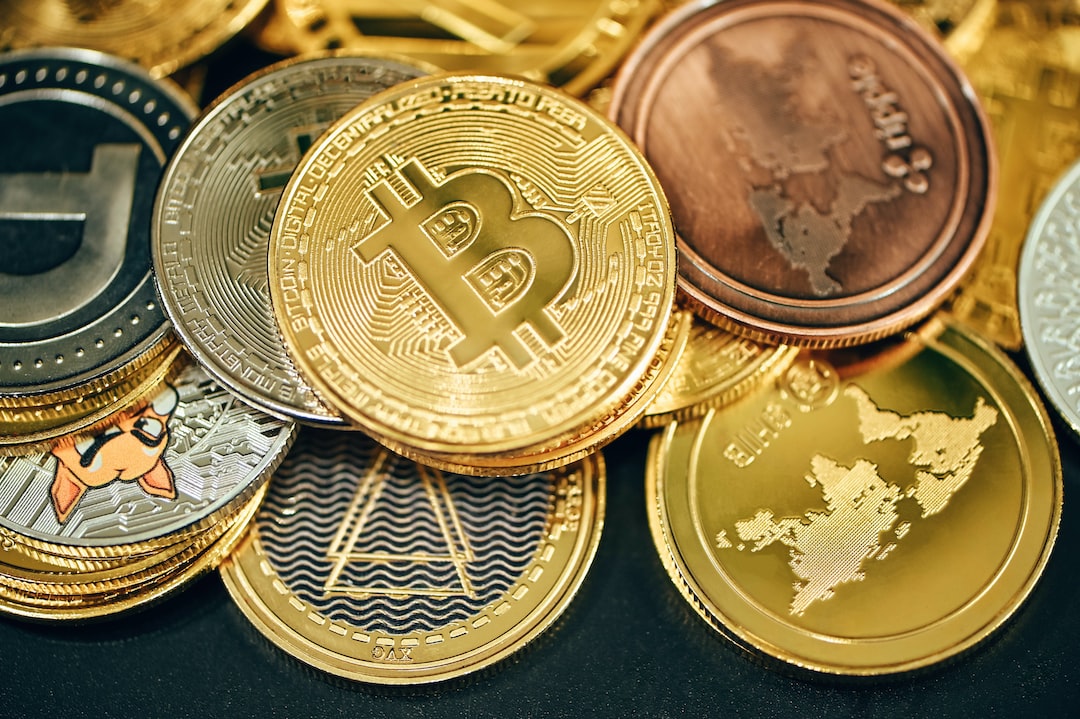
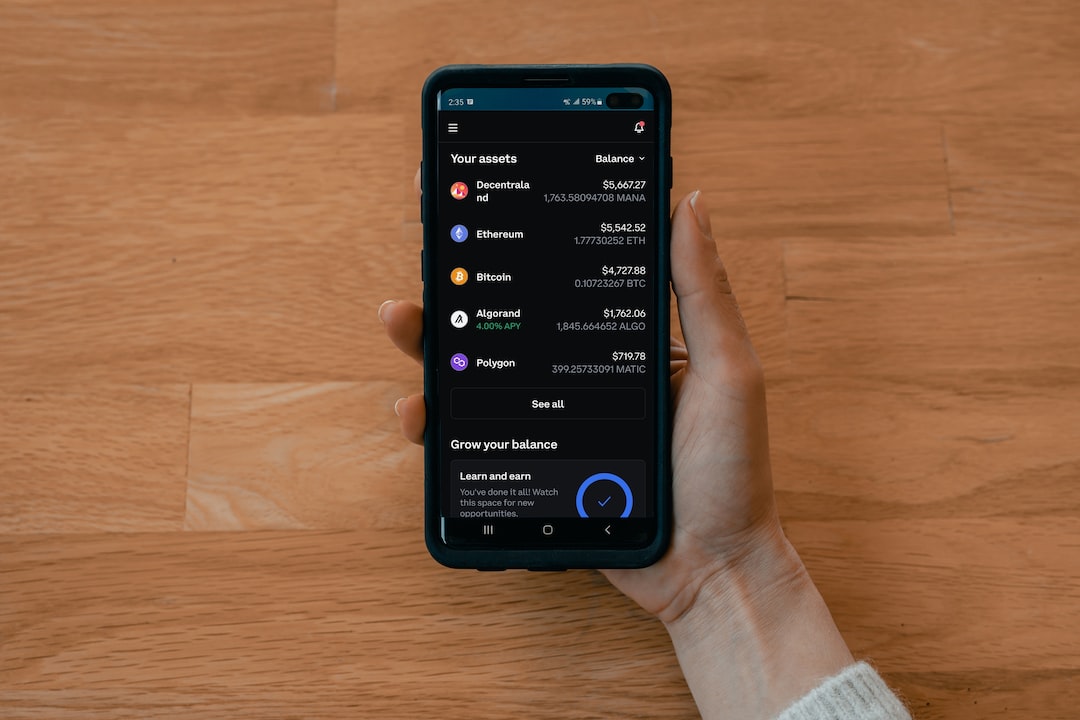
Related Reading:
OpenAI Founder’s Web3 Project Worldcoin: Will It Airdrop to 1 Billion People? Detailed Explanation
However, due to concerns such as iris scanning security, human trafficking of accounts, and conflicts between token distribution mechanisms and philosophies, there have been many discussions in the community.
Related Reading:
Vitalik’s In-Depth Analysis of Worldcoin: What Are the Four Major Risks? Why Doesn’t the Perfect Identity Verification Exist Yet?
Now, the 2.0 update of World ID will attempt to address some of these issues and introduce login verification services. The main updates include:
Providing diverse application verification services
Dividing verification levels
Enhancing security and operability
World ID can already be used for login verification in some products.
The value of decentralized identity lies in its usability. The more products or services it can be used for, the more useful the decentralized identity becomes, leading to more user applications. Therefore, commercial development and ecosystem expansion are the most important goals for World ID.
The World ID team has already released verification plugins for popular applications such as Discord, Reddit, Minecraft, Telegram, and Shopify, which can be used by platform administrators.
For example, Telegram group administrators can choose to add chatbots that support World ID verification to their groups, requiring members to use World ID for conversations. Similarly, Minecraft server administrators can use plugins that support World ID verification as an alternative whitelist design.
Users can complete the above verifications using the World APP, either by scanning a QR code or by directly signing. Zero-knowledge proofs (ZKP) are used to protect user data from being leaked during login.
Complete supported applications can be found on the official website.
World ID 2.0 provides multi-level identities to meet different usage scenarios.
Only a few people have completed Orb machine scanning to register World ID. If the existing iris scanning registration standard is maintained for the above verification services, it would be very inconvenient for most users who have not registered yet (regardless of privacy concerns or the limited availability of Orb scanning registration locations).
Therefore, World ID 2.0 aims to reduce the verification requirements and cater to more diverse usage scenarios by dividing them into different verification levels. For example, the verification requirements for games are not as high as those for financial services. Different products can be customized according to their needs.
World ID 2.0 is divided into three identity levels:
World ID Device: Allows users to verify using mobile devices to obtain this level of identity.
World ID Orb: Similar to World ID 1.0, it requires verification of uniqueness and biometric activity through trusted iris scanning machines (Orbs) to obtain World ID Orb identity.
World ID Orb+: The strictest identity level that requires both iris and face recognition scanning, with verification occurring on the user’s mobile device.
World ID 2.0 includes several optimizations in account security and operability, including:
Changing/deleting World ID: If a user’s World ID is stolen, they can re-register; users can also delete iris information at any time (lowering the identity verification level) to maintain privacy.
Personal Custody: By using user devices, the functionality of self-custody information is added (including face recognition information for World ID Orb+ identity level), and the official custodial data scheme is canceled, increasing user data security and privacy.
Support for OIDC and OAuth 2.0 protocols: World ID will be able to support third-party account login mechanisms similar to “FB, Google,” etc.
Wallet Bridge: An open-source protocol that optimizes the process and efficiency of wallet signing for external service login.
With this update, we finally see DID being used for more than just token issuance. World ID 2.0 essentially expands the services for DID user login verification, serving as its first real use case.
We also see the team’s emphasis on privacy, as they have made several adjustments to reduce public concerns about privacy and security.
However, the most important aspect of decentralized identity is its “application value,” which requires sufficient applications and support to have an impact. For example, it needs more Discord administrators to choose this verification method, or more applications to make World ID the default third-party login option. Only then will this identity be useful.
Currently, it seems that World ID is just laying the foundation. After overcoming product design and technical challenges, the team’s biggest challenge in the future is how to grow the ecosystem.
There is still a long way to go for World ID to be practically integrated by various products and vendors.
DID
Sam Altman
SNARK
World ID
Worldcoin
ZKP
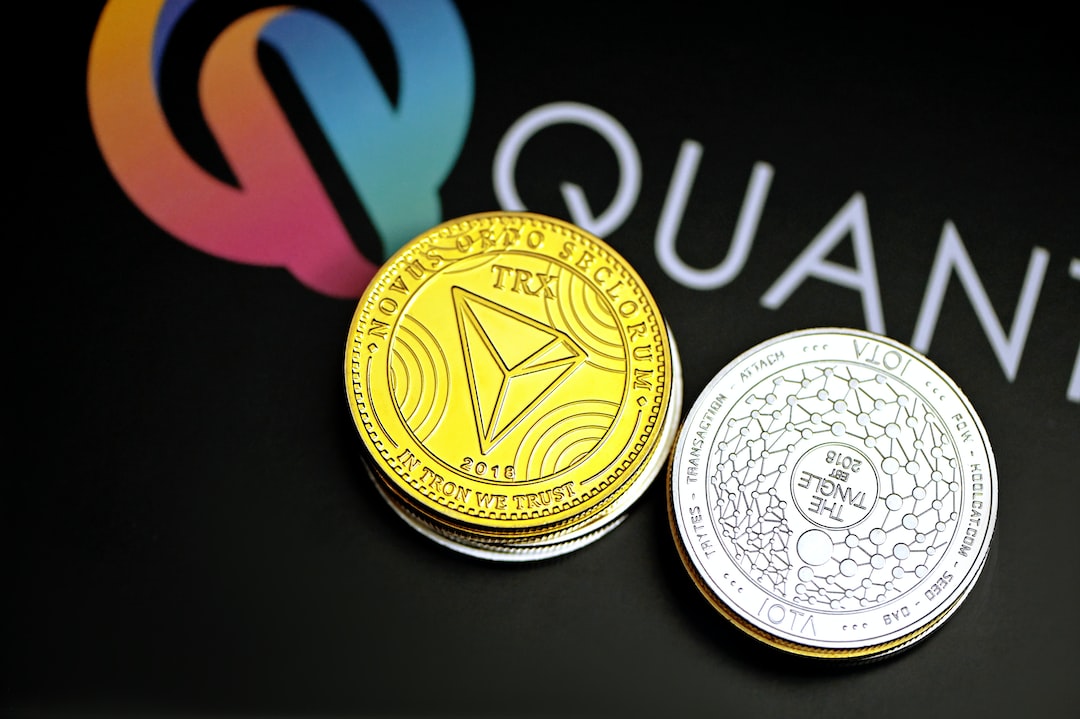
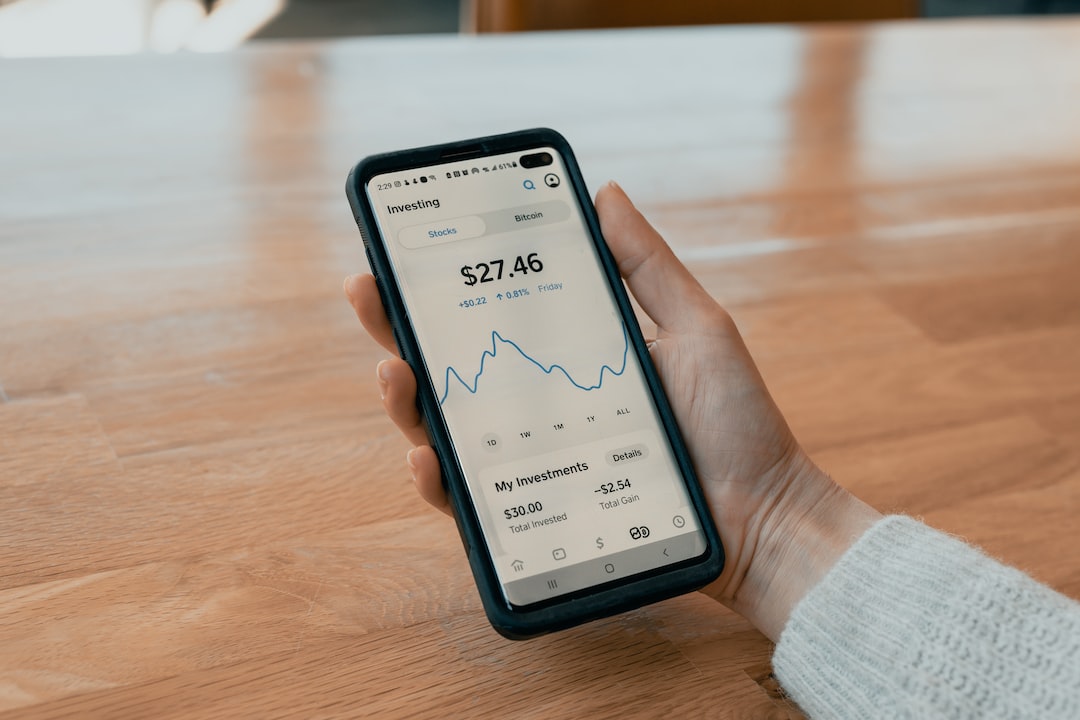
Related Reading:
OpenAI Founder’s Web3 Project Worldcoin: Will It Airdrop to 1 Billion People? Detailed Explanation
However, due to concerns such as iris scanning security, human trafficking of accounts, and conflicts between token distribution mechanisms and philosophies, there have been many discussions in the community.
Related Reading:
Vitalik’s In-Depth Analysis of Worldcoin: What Are the Four Major Risks? Why Doesn’t the Perfect Identity Verification Exist Yet?
Now, the 2.0 update of World ID will attempt to address some of these issues and introduce login verification services. The main updates include:
Providing diverse application verification services
Dividing verification levels
Enhancing

